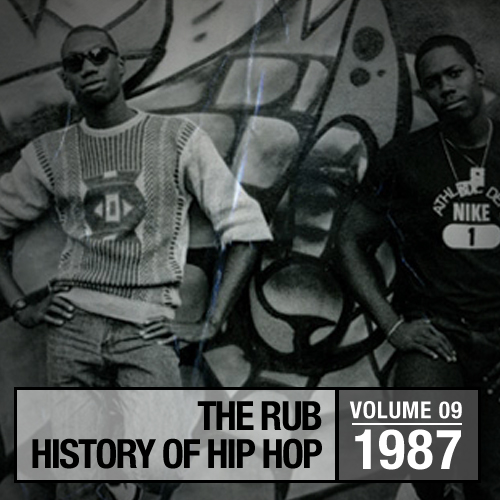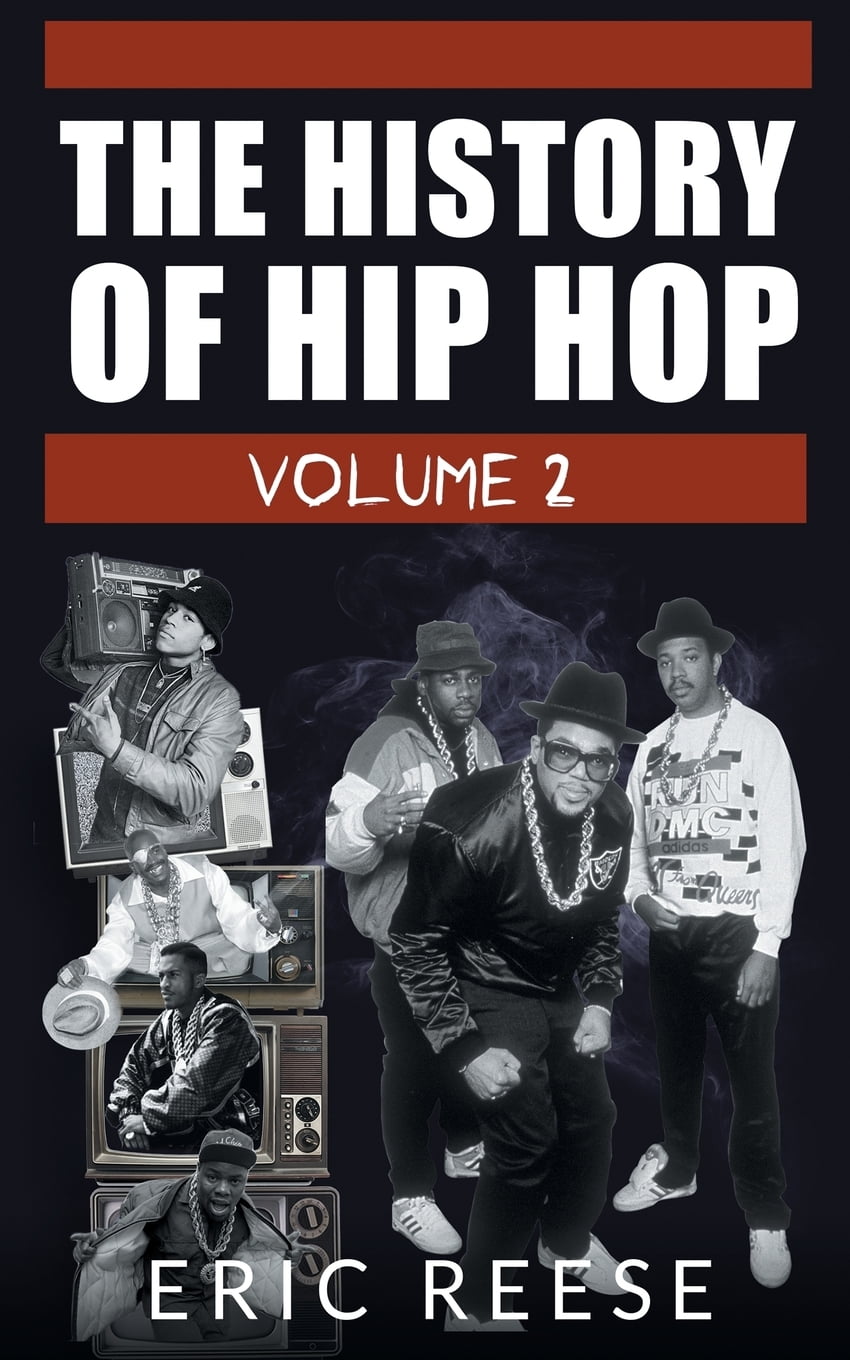

“I wanted it to be defiant, I wanted it to be angry, I wanted it to be rhythmic,” said Lee in a 2020 article in Medium. Their 1989 release “Fight the Power” was written specifically at Lee’s request and is a call to action. ‘The Message’ pulled a 180 and proved it could be a tool of sociopolitical change.”Ĭhanneling the spirit of director Spike Lee’s film “Do the Right Thing,” the work of the rap group Public Enemy doesn’t simply describe the condition of disenfranchised people, it urges the listener to confront the maladies head on. “Hip-hop was known as party fodder, a fad. “The world (me included) absolutely froze in its tracks in the week it debuted on radio in June of ’82,” said The Roots drummer Questlove in Rolling Stone. Though the group was reportedly initially reluctant to record the tune because it wasn’t a party song, it had an immediate impact. The epic song “ The Message” by Grandmaster Flash and the Furious Five delivered a vivid picture of the struggles endured by many living in inner-city neighborhoods across America: incivility, poverty, homelessness and hopelessness.

Yet as the decade progressed, it became apparent that the fledgling genre had more to offer than party rhymes and dance beats. Throughout the heyday of rap, hip-hop was largely a performance art experienced at parties that lasted for hours. There hasn’t been a song like it in hip-hop since.”

In a Rolling Stone list of the 50 Greatest Hip-Hop Songs of All Time, Chuck D of Public Enemy says, “‘Planet Rock’ is as important as Willie Mitchell or Booker T were to the Memphis scene. More importantly, it was the song that brought drum machine beats to hip-hop. Released in 1982, it was a mashup of the Kraftwerk tracks “Trans-Europe Express” and “Numbers,” enhanced by synth stabs and robotic MC chants. The song was clearly electronica, but with hip-hop sensibilities. The other gamechanger, “Planet Rock,” by Afrika Bambaataa & the Soulsonic Force, was a gift to partygoers and break-dancers everywhere. “So much so that the Sugarhill Gang recorded a seven-minute version for pop stations and introduced the Black neighborhood sound of the 1970s to white listeners.” Adds journalist Harry Allen in that same article, “‘Rapper’s Delight’ was kind of like the thing that said, ‘This is how we’re going to do it.’ And then everyone else said, ‘Oh, I get it.’”

“And yet, Black radio started playing it,” writes Elizabeth Blair in a 2000 story on NPR. When the original 12-inch version of “Rapper’s Delight” hit the airwaves, it defied radio norms, coming in at 15 minutes long. Before this, early rap artists couldn’t envision how their live shows could be condensed to 3 minutes, the average length of a pop record. It wasn’t until the Sugarhill Gang’s release of “ Rapper’s Delight” later that year that rap music was thrust into the public consciousness. The first rap song is thought to be the 1979 release of “Kim Tim III (Personality Jock)” by The Fatback Band, but the track served as the B-side of a R&B tune and consequently never garnered much attention. “I’m taking this break, it’s 10 seconds, I’m making it 10 minutes you don’t know when it’s beginning or ending.” “I’m actually readjusting time,” Flash explained in a 2016 story in the New York Times. By playing two turntables with the same record, so-called breakbeats could be extended to give MCs time to rhyme without getting in the way of the song’s vocals. Perhaps not coincidentally, it was during this period that turntables became instruments through the technique of “scratching,” where DJs dropped a needle onto vinyl records and then moved them back and forth manually to create percussive sounds. Rap music began to develop organically in the late 1970s and early ’80s, thanks largely to the creative efforts of three Bronx DJs: Grand Master Flash, DJ Kool Herc and Afrika Bambaataa. In this final installment of our “ History of Musical Genres” series, we’ll take a look at the rise of both, exploring their cultural and musical significance, as well as highlighting some of the key players in the vibrant rap and hip-hop scene. The difference between these terms is best expressed by New York rapper KRS-One on his 2018 single “Hip Hop vs Rap,” where he explains that rapping is a skill, but hip-hop is a lifestyle. The terms rap and hip-hop are often used interchangeably to refer to the music alone, but hip-hop encompasses a larger cultural aesthetic that includes DJing, MCing, break-dancing and graffiti art as well.


 0 kommentar(er)
0 kommentar(er)
